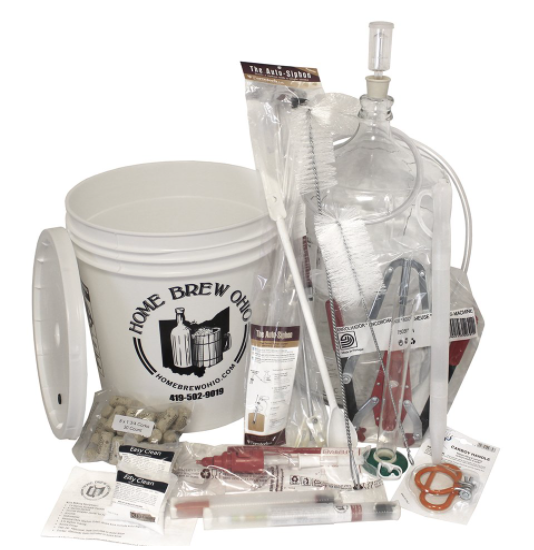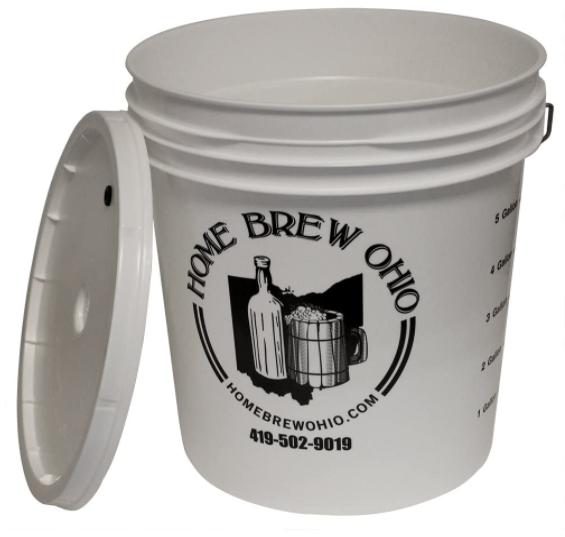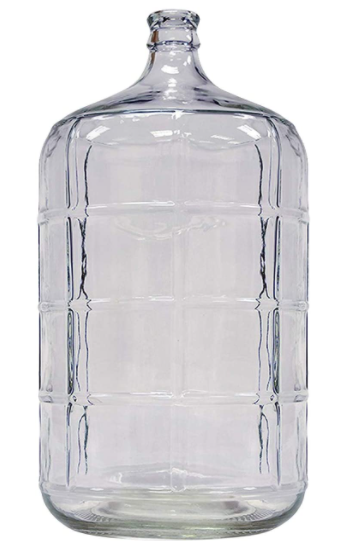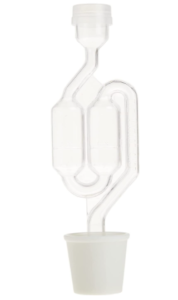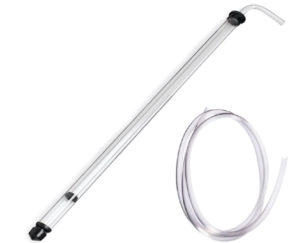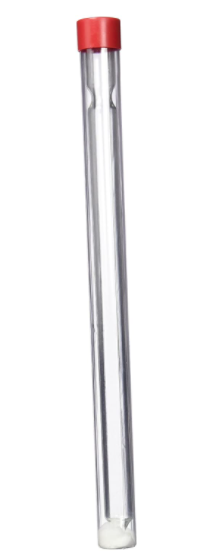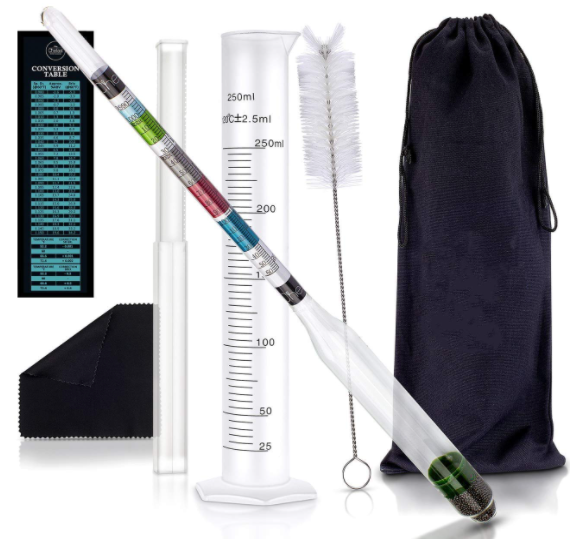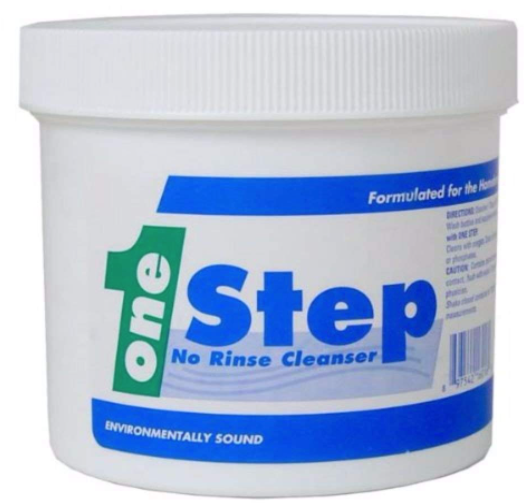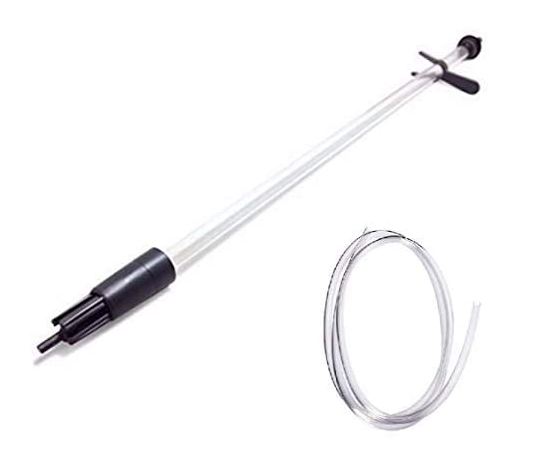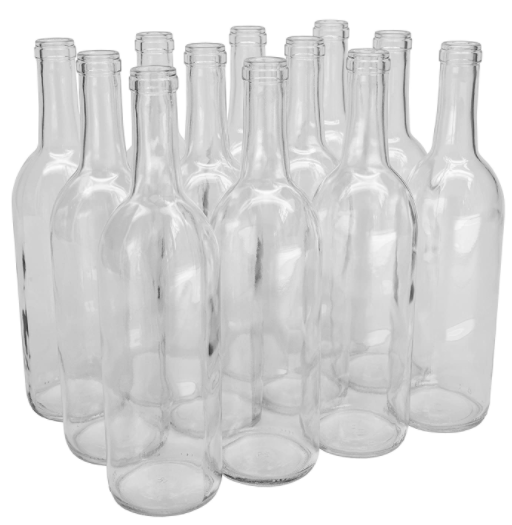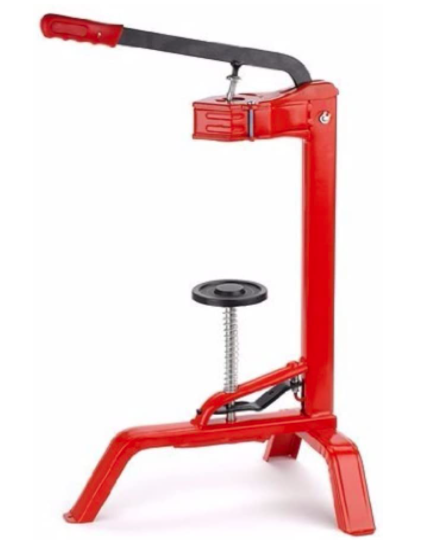A wine making kit is a great way to get started making homemade wine but it’s important to know what is in a wine making kit so you know if you have everything you need. There are three types of wine making kits. What comes in a wine making kit depends on the type you get and the manufacturer. Not all wine making kits come with the same ingredients and equipment.
This article will walk you through the different types of wine making kits and what you can typically expect to be included and not included in each one.
What are the different types of wine making kits?
Before we go into the details of what’s included in a wine making kit, it’s important to understand the different types of wine making kits.
I was very confused when I started learning about wine making kits until I realized that in order to make wine you need 3 things: Juice, Equipment, and Ingredients.
So I created this simple diagram to help me make sense of all the wine making kit options. You may find it useful too.

As you can see there are basically 3 types of wine making kits:
- All-In-One Wine Making Kits
- Fruit Wine Making Kits
- Wine Recipe Kits
As far as I know, there aren’t any kits with just equipment and juice.
What is included in a wine making kit?
So what’s included in each of the different types of wine making kits?
Depending on which of the three types of wine making kits you choose, the variety of wine, and the manufacturer, you will find a wide range of what’s included in the kit. However, if you use the diagram as a guide, you know which of the basic wine making components you can expect in your kit.
The real question is what does it specifically come with? Here is a detailed breakdown of all the components you can expect in your wine making kit depending on the type you choose.
Wine Kit Fruit Juice
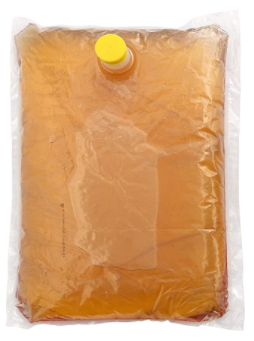
Fruit juice is only included in All-In-One wine making kits or Wine Recipe Kits. It will usually be concentrated so you will add water to get the volume of juice called for in the recipe. Although you should stick to the recipe for your first batch, you may want to consider reducing the water amount to increase the flavor and boldness of the recipe on future batches.
You may be wondering if the juice in wine making kits is a good quality. In fact, the quality is usually very good and rivals the quality you might get from crushing and pressing your own grapes. In addition, you can even use hard-to-find varieties for which it is almost impossible to source fresh grapes. However, you will find more varieties with Wine Recipe Kits than you will with All-In-One kits.
You may want to source fresh ingredients if you are making a wine from fruits other than grapes, so-called country wines.
Wine Kit Ingredients
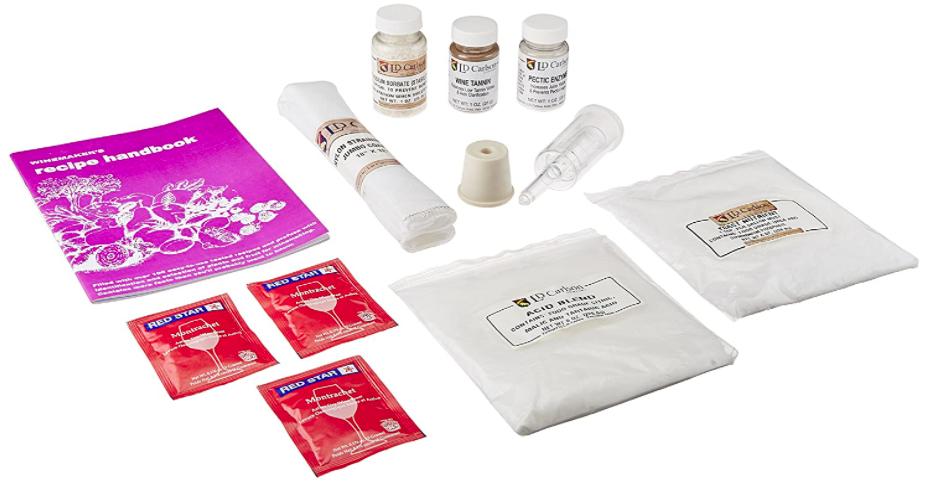
Yeast
Apart from the juice itself, the yeast may be the most important ingredient in your wine making kit. The yeast will aid the fermentation process and has a major impact on the alcohol content of your wine.
Not all yeast is the same. Different yeasts will yield different alcohol content. This is due to the different alcohol thresholds of different strains of yeast. Here’s a great chart for reference.
Virtually all wine making kits will include the yeast. All-In-One wine making kits and Fruit Wine Making Kits will usually come with saccharomyces cerevisiae, or Brewers Yeast as it is commonly referred to, which is good for most wines. Wine Recipe Kits may come with a yeast more suited for the specific wine you are brewing.
Your wine kit may also include Yeast Nutrient. It’s food for the yeast to keep it healthy so it can do its job. It nourishes yeast, ensuring that it remains healthy throughout fermentation.
Preservatives & Stabilizers
Preservatives and Stabilizers will help keep your wine from spoiling due to oxidation or accidental re-fermentation. It is usually added when Racking the wine – the process of siphoning the wine to separate it from the spent yeast (Lees) – which itself will also help to stabilize it.
There are a variety of preservatives and stabilizers that work in their own ways:
Sulfur Dioxide (“Sulfites”) – A common wine stabilizer found in wine making kits. It preserves grapes and prevents oxidation which can spoil your wine.
Potassium Sorbate – A yeast inhibitor used to prevent further fermentation in wines with residual sugar. It is typically used in winemaking to stabilize it and prevent a renewed fermentation especially when sweetening a wine prior to bottling.
Campden Tablets – These serve a dual purpose. They are both a wine preservative and an equipment sterilizer. Campden tablets are made of either Potassium Metabisulfite or Sodium Metabisulfite. They are usually added to the wine juice prior to adding the yeast as an antioxidant that removes oxygen in the wine, which spoils its flavor. It also preserves the colors of wines.
Acid Blend – Acid Blend is used in wines to help balance the three main acids in a wine. By balancing the acidity, it makes it easier for the yeast to ferment properly. Acid blend is made up of Malic Acid, Citric Acid, and Tartaric Acid. This also helps increase the overall acidity and flavor of the wine. Most wine making kits that include the juice do not include an acid blend simply because the juice has already been balanced.
Fining Agents

These ingredients help to clear the wine and ensure a crystal clear finish. They can be added throughout the wine making process depending on your specific wine kit instructions.
Isinglass Primarily used for clarifying white wines as well as bringing fruit aromas to life.
Bentonite AKA Brewer’s Clay. It comes from volcanic ash and is also used more widely in white wines. It’s usually added prior to fermentation. This clay bonds and absorbs suspended particles in the wine and causes them to settle into the bottom of the fermenter thus clarifying the wine.
Egg Whites Used with red wine to reduce astringency (that drying taste) in red wines creating a softer experience.
Chitosan An alternative to Bentonite, Chitosan is often used with Kieselsol to rapidly clear a wine.
Pectic Enzymes Commonly used with Fruit Wine Making Kits. Pectic enzymes will break down the pectins found in fruit juices that will cloud your wine. Pectic enzymes can also be added before pressing fruits to help with juice extraction.
Flavor Enhancers

Your wine making kit may come with flavor enhancers, or “finishers” as they are sometimes called, to bring out stronger flavors or to add flavors you might get from aging wine in an oak barrel.
Oak Chips This gives wines made from a kit the flavor imparted by oak barrels as part of the industrial aging process. They are usually added to primary fermenting but some wine kit recipes provide for another flavoring in the secondary fermenting.
Tannin Powder Tannins provide astringency and texture or “mouthfeel” to wine. They are a natural part of wine grape skins, seeds, and stems. They are commonly used in red wine making to provide the drying sensation in your mouth.
Fruit Aroma Some recipes call for adding natural fruit flavors to give it a bolder flavor profile. These are without sugar to prevent re-fermenting. Blackberry is a popular choice for many winemakers.
Glycerin AKA Finishing Formula. It helps thicken a wine to add body. It also slightly sweetens it.
Wine Making Equipment
The quality of the winemaking equipment will depend on the quality of the winemaking kit you purchase. If this is your first time making wine from a kit and you are confident you will try more than once, then it is worth investing more in a quality wine making kit. The equipment will be better and last longer.
Here is some of the equipment you can expect in your homemade wine making kit. Some wine making kits include everything you will need but some do not. You should use this list to compare against the contents of the wine making kit you plan to purchase. You may find you need to purchase additional equipment to complete the wine making process or make it easier.
Primary Fermenting Container
This is the container you will use to hold the juice, yeast, and other ingredients your kit will provide for this first stage. It is typically a 5-8 gallon plastic bucket. Premium wine making kits may come with a glass or plastic jug for this stage. However, a bucket is ideal for beginners because it will be much easier to mix the primary ingredients. Be sure to get a pre-drilled one with a rubber grommet for inserting the airlock.
Secondary Fermenting Container
This is the container you will rack the fermented wine into. These are usually plastic or glass carboys – a 1 to 6 gallon glass jug – depending on the kit. The more premium kits will include a glass carboy.
Bung and Airlock
Any wine making equipment that supplies the fermentation containers should also come with the right sized Bung and Airlock. It is mostly used in the secondary fermentation stage. This strange-looking cork device is used to allow fermentation gases to escape the container while preventing outside air from entering the container.
Filters
Some wine kits may come with a filter to remove larger particles at the various stages. If it comes with it, go ahead and use it but it’s not necessary if it’s not included.
Racking Cane & Siphon
You will need a racking cane and siphon tube to transfer the wine at various stages into a clean container such as a carboy. If you purchase one spearate from your wine making kit, get one that includes a sediment screen.
Wine Theif
This handy little device makes it easy to “steal” a little bit of wine as it is fermenting and aging without disturbing the contents. You need it in order to take readings and tastings to ensure the wine is still good and aging to taste. Simply use it like a straw. Hold your thumb over the top opening once the tube is filled with your sample. Release your thumb to let the sample out. I prefer a glass wine thief so it can be easily cleaned and sterilized.
Sanitizers
Any equipment that touches the wine at any stage MUST be sanitized or you risk spoiling the whole batch. Campden Tablets, which may also be used at the beginning of the wine making process, are commonly used to sanitize your wine making equipment as well. Note: SMS (Sodium Metabisulfites) are used for sanitizing equipment and KMS (Potassium Metabisulfites) are used for treatment of the wine must.
Hydrometer and Test Jar
Hydrometers are used to measure specific gravity of the wine at the beginning and end of the wine making process to determine its alcohol content or alcohol by volume (ABV). A higher reading means the wine is denser due to sugars. The lower the rating, the less sugar (and more alcohol content) present in the wine. The test jar is simply a tall beaker you will drop the hydrometer into in order to get your specific gravity reading.
You can purchase the two together in a kit like this one. However, be sure to get a hydrometer with a triple scale that can be used for beer, wine and other fermented beverages.
Oxygen Wash
Oxygen wash is used to clean wine making equipment of built up residue. One Step oxygen wash is a popular choice. Home brewers like it because it doesn’t need to be rinsed off and is safe for most equipment. It is technically not a sanitizer but does have sanitizing action. Caution – do not use it on aluminum equipment.
Bottle Filler
If your kit doesn’t come with a bottle filler, then you may want to purchase one with a stopper valve to make the bottling process much easier.
Bottles
Wine making kits do not come with bottles. You will need to source these from your own consumption of wines or you can purchase them online or from a local home brew supply store. Expect to pay between $.75 and $2.00 per bottle.
Corks and Corker
Some wine making kits do come with corks and the rare ones come with a corker but most do not. You can purchase an inexpensive double lever corker online. If you plan to make a lot of bottles of wine, I suggest you invest in a floor corker as they are much easier to use.
Conclusion
There are three different types of wine making kits. Each will come with two or more of the 3 different components needed to make great homemade wine.
Finding the right wine making kit requires you to know what comes in the kit. Not all wine making kits will come with all the equipment or ingredients you need or may want to complete your next batch of wine.
Hopefully this guide will help you compare what’s in the wine making kit you plan to use versus what you will need to make great tasting homemade wine every time!

